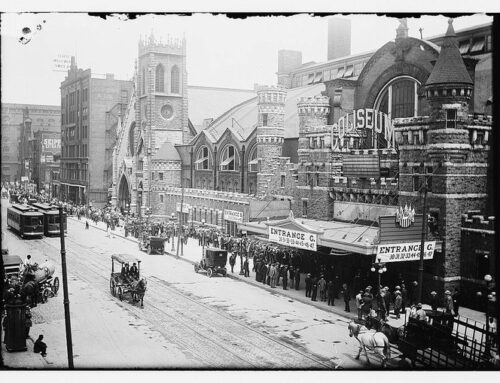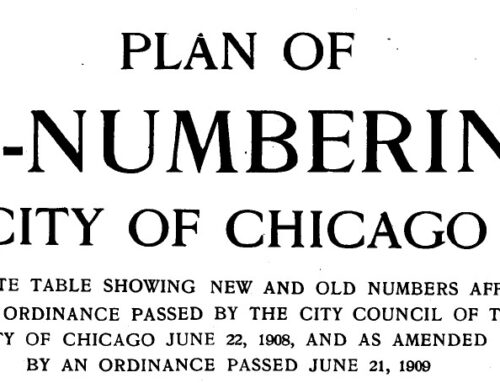 American Life Histories: Manuscripts from the Federal Writers’ Project, 1936-1940 is a wonderful social history resource.
American Life Histories: Manuscripts from the Federal Writers’ Project, 1936-1940 is a wonderful social history resource.
During that four-year period, writers interviewed and gathered vivid life histories from Americans who lived at the turn of the century. Now part of the American Folklife Center at the Library of Congress. American Life Histories contain nearly 2,900 pages documenting the lives of Americans.
The Federal Writers’ Project, a New Deal jobs program, hired more than 300 writers from 24 states to interview, compile, and transcribe the interviews. “The Writers’ Project staff variously described the life histories as life sketches, living lore, industrial lore, and occupational lore. The narratives were meant to reflect the ordinary person’s struggle with the vicissitudes of daily living,” according to the collection guide.
The American Folklife Center also notes:
Typically 2,000-15,000 words in length, the documents vary in form from narratives to dialogues to reports to case histories. They chronicle vivid life stories of Americans who lived at the turn of the century and include tales of meeting Billy the Kid, surviving the 1871 Chicago fire, pioneer journeys out West, grueling factory work, and the immigrant experience.
Writers hired by this Depression-era work project included Ralph Ellison, Nelson Algren, May Swenson, and many others. The documents often describe the informant’s physical appearance, family, education, income, occupation, political views, religion and mores. Pseudonyms are often substituted for individuals and places named in the narrative texts. The life histories comprise a small part of the larger Manuscript Division collection titled United States Work Projects Administration Records.
Accessing American Life Histories
The American Life Histories is collection online and searchable here. For locations included in this collection, visit here. Another rich collection that was part of the Federal Writers’ Project is Born in Slavery: Slave Narratives from the Federal Writers’ Project, 1936-1938.
In the featured image, Vincent Violai D’Atr talks about the effect on his Italian village when someone who had emigrated returned for a visit.
Within the Federal Writers’ Project, material relating to folklore and social-ethnic studies was collected and shaped by John A. Lomax, Benjamin A. Botkin, and Morton Royce. Those working on the Folklore Project gathered traditional statements, expressions, songs, essays, stories, and life histories, with an emphasis on accounts from those formerly enslaved, immigrants, and pioneers.
So give this collection a whirl. It provides wonderful context and can help inform your own writing on your family.





Leave a Reply